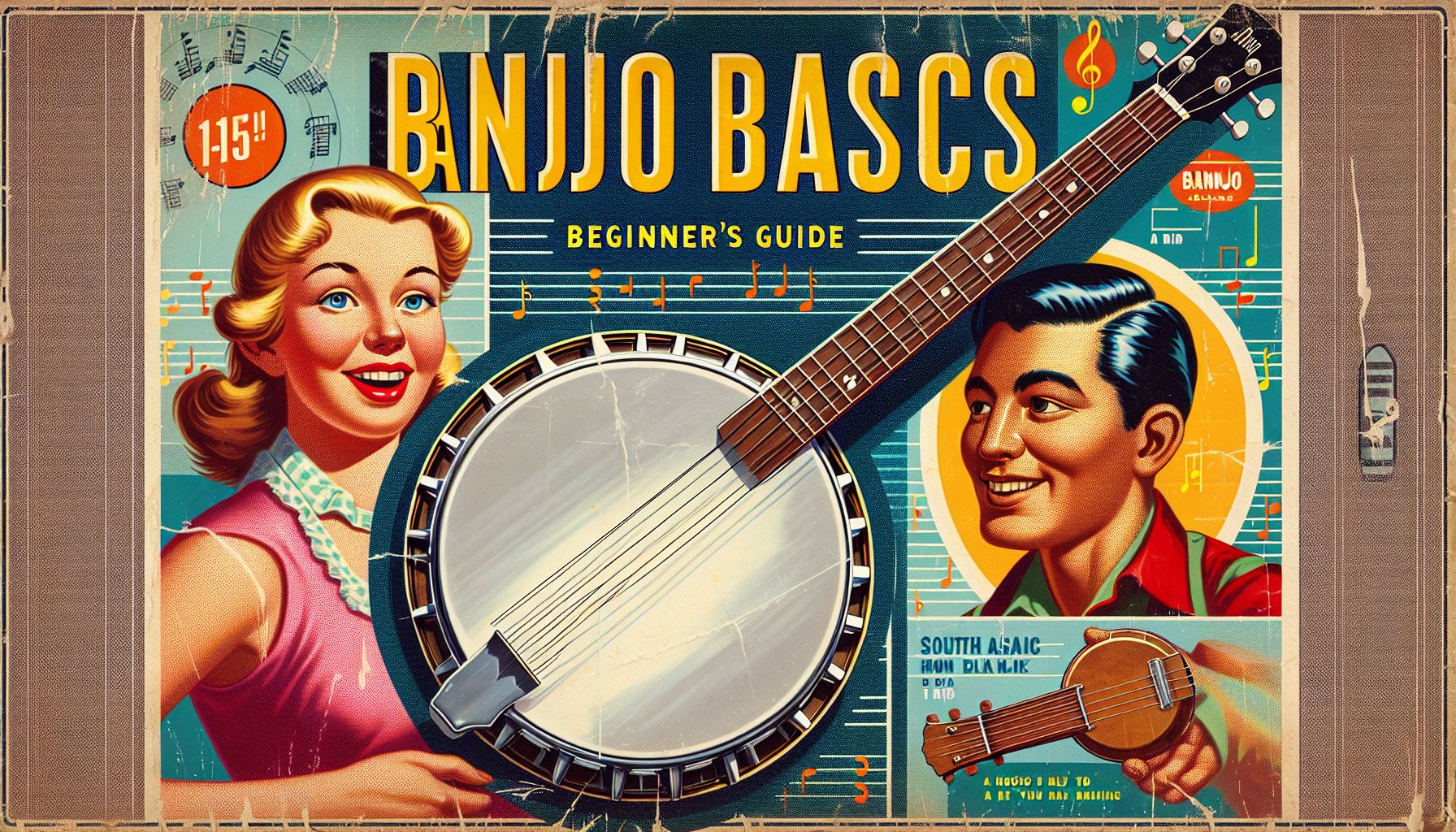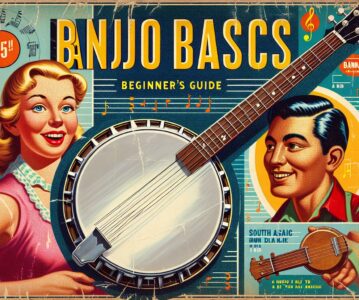Are you a music enthusiast looking to explore a new instrument? Look no further than the banjo! With its distinctive sound and infectious rhythms, the banjo has captured the hearts of many musicians and listeners alike. Whether you’re a fan of bluegrass, folk, or even jazz, the banjo can find its place in a wide range of musical genres. In this beginner-friendly guide, we’ll introduce you to the wonderful world of banjo playing, focusing on the popular 5-string banjo. So, let’s dive in and uncover the secrets of this fascinating instrument!
Introduction to the Banjo
The banjo is a stringed instrument that originated in West Africa and was brought to the United States during the time of slavery. It quickly gained popularity in various musical traditions, most notably in American folk and bluegrass music. The banjo consists of a round body, usually made of wood, with a long neck attached to it. It typically has five strings, although there are variations with four and six strings as well.
The 5-String Banjo: Anatomy and Tuning
The 5-string banjo is the most common type used in bluegrass and folk music. Its distinctive sound is achieved by using a combination of fingerpicking and strumming techniques. Let’s take a closer look at the various components of this instrument:
-
Head: The head is a thin, circular piece of plastic or animal skin stretched tightly over the body of the banjo. It acts as a resonator, producing the banjo’s unique sound.
-
Neck: The neck is attached to the body and is usually made of hardwood. It is fretted, meaning it has metal bars or raised markers that divide the neck into different frets. These frets help determine the pitch of the notes played.
-
Strings: The 5-string banjo has four long strings and a shorter fifth string that is typically attached to a tuning peg on the side of the neck. The most common tuning for bluegrass is known as “G tuning,” where the strings are tuned to G, D, G, B, D.
-
Fingerboard: This is the flat part of the neck where you press the strings against the frets to change the pitch. The fingerboard is often made of hardwood and is usually adorned with dots or other markers to help navigate the fretboard.
Getting Started: Holding the Banjo and Picking Techniques
Before you can start playing, it’s essential to learn how to hold the banjo correctly. Sit down with the banjo resting on your lap, and make sure it’s positioned comfortably. Remember, practice makes perfect, so take your time to find a position that feels natural to you.
Once you’ve got the hang of holding the banjo, it’s time to delve into the picking techniques. Here are two fundamental techniques beginners should focus on:
-
Scruggs Style: Named after the legendary banjo player Earl Scruggs, this style involves fingerpicking using three fingers: the thumb, index, and middle finger. The thumb picks the fifth string, while the index and middle fingers pick the other strings simultaneously or individually.
-
Clawhammer Style: Also known as frailing, this technique involves striking the strings with the back of your fingernail or using a specialized clawhammer pick. The motion is a downward strum followed by a plucking motion using the thumb or sometimes the index finger.
Learning the Basics: Chords, Scales, and Songs
As with any musical instrument, it’s crucial to learn the basics of banjo playing. Let’s explore some essential concepts that will help you progress on your banjo journey:
-
Chords: Chords are the building blocks of music and form the foundation for many songs. Begin by learning a few simple chords, such as G, C, and D, which are commonly used in bluegrass and folk music.
-
Scales: Scales help you understand the melodic structure of music and enable you to improvise and create your own banjo solos. Start by familiarizing yourself with the G major scale, as it is commonly used in banjo playing.
-
Songs: Learning songs can be a great way to apply the techniques you’ve learned. Start with easy, well-known tunes, such as “Cripple Creek” or “Old Joe Clark,” as they often incorporate basic chords and picking patterns.
Tips for Successful Practice
Practice is the key to mastering any instrument, including the banjo. Here are some helpful tips to make the most out of your practice sessions:
-
Consistency: It’s better to practice for short periods regularly than to have marathon practice sessions once in a while. Aim for at least 15-30 minutes of focused practice each day.
-
Slow and steady: When learning new techniques or songs, start slow and gradually increase the tempo as you gain confidence and accuracy. Speed will come with time and practice.
-
Record yourself: Recording your practice sessions allows you to listen back and identify areas that need improvement. It’s also a great way to track your progress over time.
-
Join a community: Look for local banjo clubs or online forums where you can connect with fellow banjo enthusiasts. Sharing experiences and tips with others can greatly enhance your learning journey.
Conclusion
Congratulations, you’re now equipped with the basic knowledge to embark on your banjo playing adventure! Remember to take your time, be patient with yourself, and enjoy the process of learning this beautiful instrument. The banjo has a rich history and a distinct sound that holds countless opportunities for exploration and self-expression. So grab your banjo, strum those strings, and let the rhythmic magic of this instrument take you on a journey you’ll never forget!


